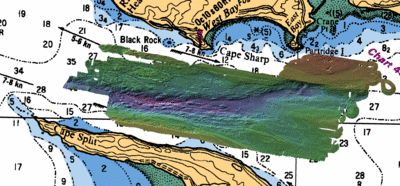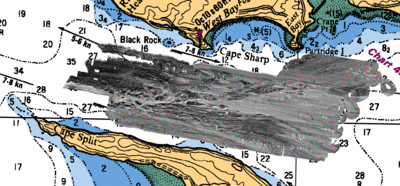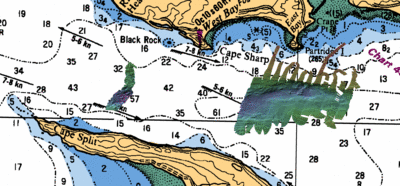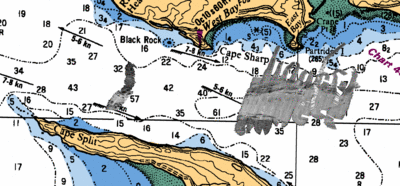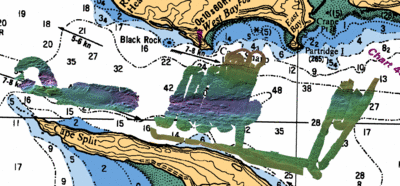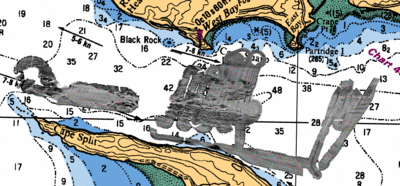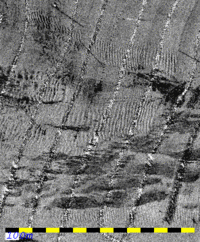
Archived Multibeam data from the Minas Passage
CSS Frederick G. Creed , Simrad EM1000, 1992 and 1993
HYGRO 92/93 - the Hydrographic Ground-Truthing Experiment
John E. Hughes Clarke
Ocean Mapping Group, Dept. Geodesy and Geomatics Engineering, UNB
May 2007
